Classical Drawing Atelier: A Contemporary Guide to Traditional Studio Practice
£19.30£23.80 (-19%)
Ateliers have produced the greatest artists of all time – and now that educational model is experiencing a renaissance.
These are based on the nineteenth-century model of teaching artists by pairing them with a master artist over a period of years. “Classical Drawing Atelier” is an atelier in a book – and the master is Juliette Aristides, a classically trained artist. Aristides uses the works of works of Old Masters and today’s most respected realist artists to demonstrate and teach the principles of realist drawing and painting, taking students step by step through the learning curve yet allowing them to work at their own pace. Unique and inspiring, “Classical Drawing Atelier” is a serious art course for serious art students.
Contents include:
- Ratios
- Three-dimensional dynamics
- Figure drawing
- Portrait drawing
- Value
- Form
Juliette Aristides, whose beautiful art is featured throughout this book, is the founder and director of the Classical Atelier at the Seattle Academy of Fine Arts. She studied with realist master Jacob Collins and at the National Academy of Design.
Read more
Additional information
| Publisher | Illustrated edition (1 Nov. 2006), Watson-Guptill Publications Inc.,U.S. |
|---|---|
| Language | English |
| Hardcover | 160 pages |
| ISBN-10 | 0823006573 |
| ISBN-13 | 978-0823006571 |
| Dimensions | 23.57 x 1.68 x 28.8 cm |

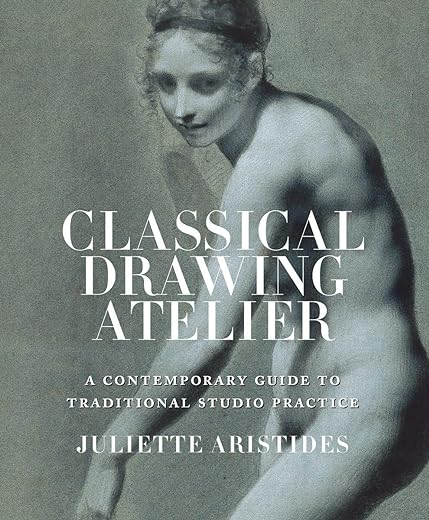

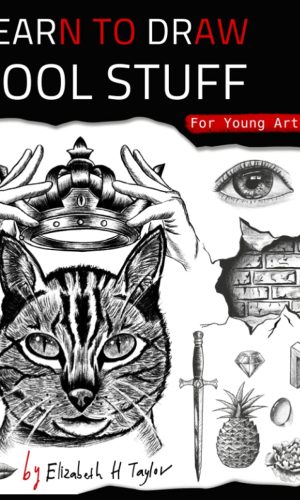
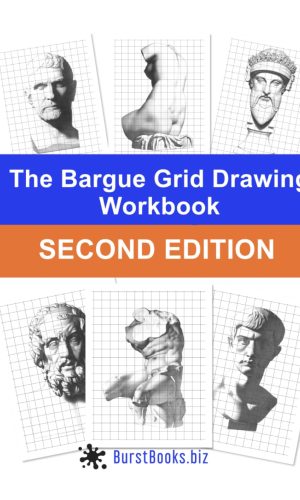
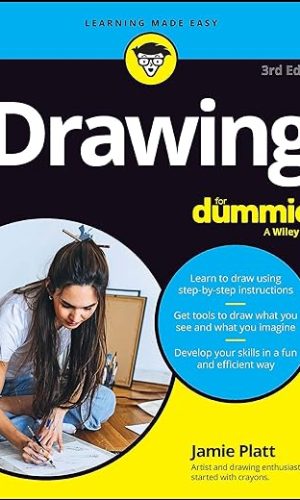
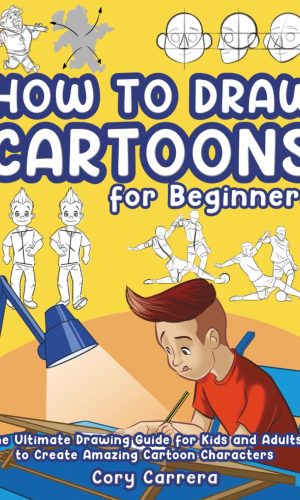


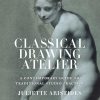
by Ashtree
The media could not be loaded.
I like this book very much, though it wasn’t quite was I was expecting when I placed my order. I thought it would be very much a hands-on, ‘how to’ book, and was briefly disappointed when I realised that it wasn’t.
The disappointment faded when I realised that it was much more. In my video ‘flick through’ you’ll see that the book is full of beautiful drawings. Just looking at some of them is an inspiration.
However, the bulk of the text in this book is to do with theory. The book has around 140 pages, and the series of 5 practical ‘lessons’ begins on page 124 – That should tell you something!
Here’s a fuller idea of what to expect:
After a short summary of artistic training methods from early days up to the 21st century, the book launches into “Timeless principles”. There’s a chapter each on Design, Line, Value, and Form.
The chapters on Design and Line give a good idea of the book’s approach. In the Design chapter, a lot of time and space is devoted to the ‘Golden Ratio’ (and spiral forms derived from it) in nature and art. Fascinating stuff if you’ve not encountered it before, and it may forever change the way you look at some old master paintings.
The chapter on Line relates not to the quality of the drawn line on the page, but rather to the ‘unseen’ lines which underlie a picture’s composition. The following chapters on VALUE and FORM also mostly deal with theory, and while the book doesn’t loose sight of how theory must eventually become practice, beginners may find themselves occasionally scratching their heads and wondering ‘But why do I need to know all THIS stuff? I just want to learn to draw!’
The following section ‘Timeless Subjects’ devotes a chapter to each step of the classic atelier method: First, copying master drawings; then drawing sculpture; then the figure; and finally portraiture.
Then, in the short final section, we get five short lessons based on each of these: Drawing a sphere; copying master drawings; drawing a cast; a figure; a portrait.
To sum up, some of the people who buy this book will feel that it contains ‘too much information’! I admit, that was my own first reaction. But really, unlike the step-by-step ‘how-to’ books, this is one that you’ll keep going back to – and as you grow as an artist, you’ll find more in it each time.
And on top of that, the drawings make it a beautiful book just to open and browse!
by Nina Willoughby
I read reviews to determine if the Kindle edition of this book (which is much less expensive than the hardback) would be worthwhile and found no guidance. I gambled on it, and I’m glad I did.
This is not primarily an instructional guide or workbook. It’s value is in the reflective prose text and the illustrations. The latter come out perfectly well on a suitable device (one that deals with full-spectrum colour illustrations: it works on my IPad mini, not my badic Kindle). This is one art book I really don’t think you have to have in hardcopy. (I do think it would be best to have some of her other books in hardcopy.)
The content is stimulating, informative and inspiring, as long as you don’t expect it to be an instructional art book along the lines of ‘see, you can draw a cat: two circles for the body and two triangles for the ears. Hey presto!’
by Caroline Powell
Well written and good graphics/pictures/diagrams. Purchased as a gift for someone learning to draw.
by John D. Hoffman
beautiful images throughout this book. I would say to a complete drawing beginner not to purchase this until you have a good understanding and a couple of years practice under your belt unless you are brave. This is primarily for people to take themselves into the next level and are willing to work for it. Juliette has done a other books with a similar level to them and this book has certainly made me want to purchase some more by her.
Excellent.
by Tallulah Boo
This was a present. They were very pleased with it and it arrived on time.
by KTB
I really like this book but I appreciate that its not for beginners on how to get started, but its more about how to get the detail and precise values. Also its about how the masters approached the work. I think its an excellent book and an interesting read but purchasers may be disappointed if they are looking for a more basic book.
by Mrs. G. Almond
A good read to give you the theoretical underpinnings of how to grasp drawing what you see.
by Julie Artist
I first saw this book briefly in a bookshop and thought it was a revelation. I then read some of the reviews about this book and doubted my initial thoughts. I went ahead and ordered this book and haven’t been disappointed. If you want a how to draw book, then this isnt for you. I already have lots of this type of book, from the very basic to the more advanced, but wanted more theory, more explantaiton as to how the great masters created their work. This book is full of lost secrects, and by taking the time to study and read it, I feel it has broadened my understanding and re-ignited my enthusiasm. Whilst I cannot devote the time to studying for four years five hours a day, I believe the only way to improve is to draw, draw and then draw some more using the techniques suggested in this book. If you don’t want this depth of theory, the drawings alone are beautiful, and well worth the money. Other books might give you more instruction, but in the end, the only way to improve your skills is to practice, and this book certainly inspired me.